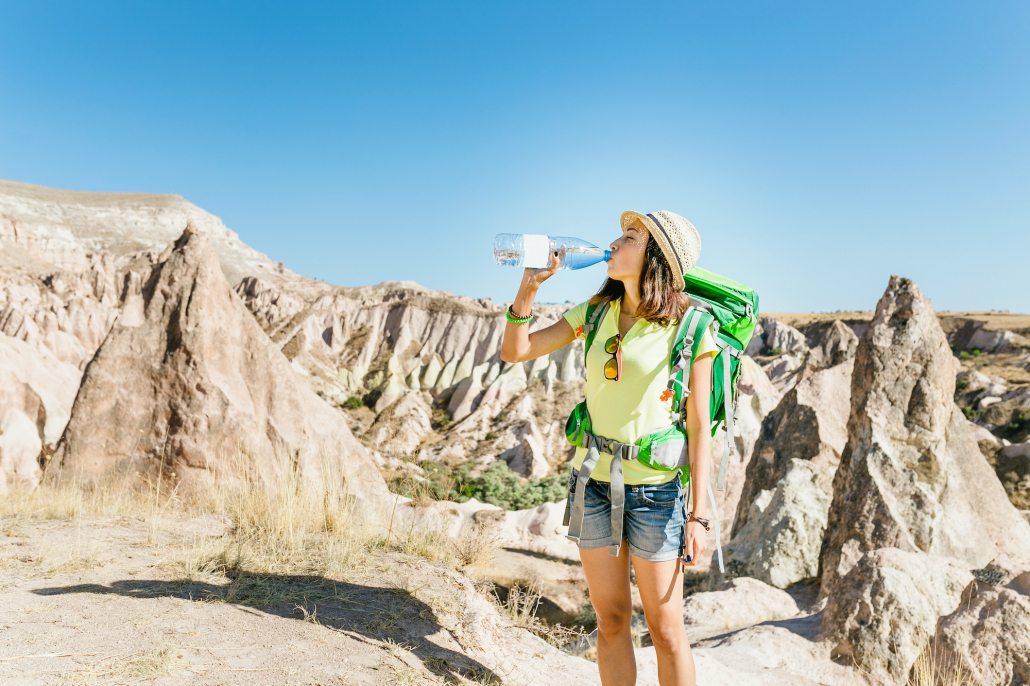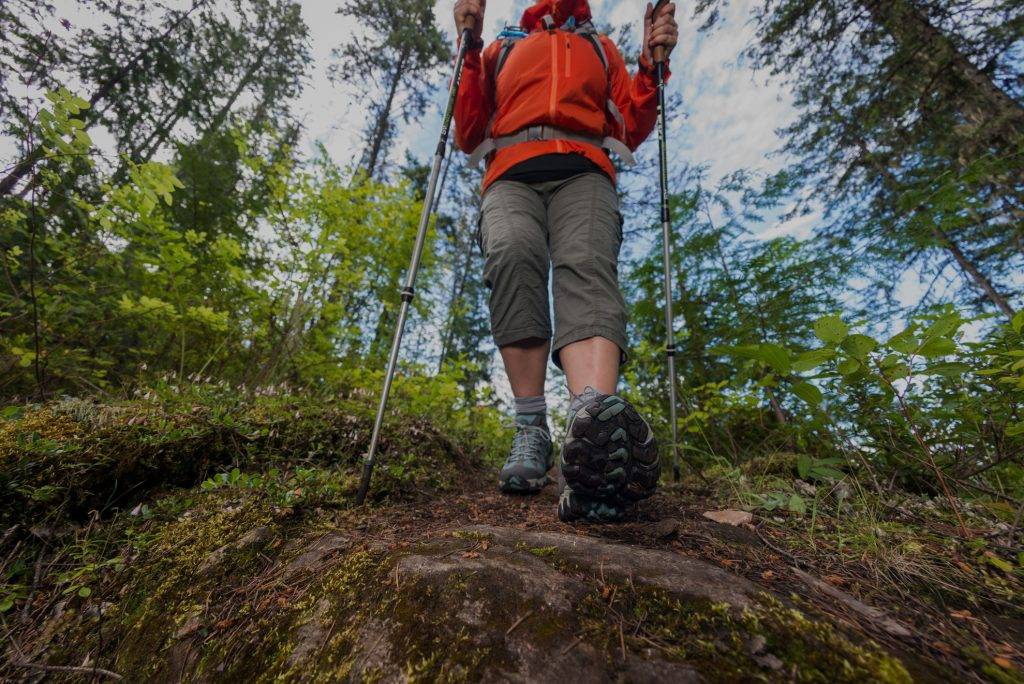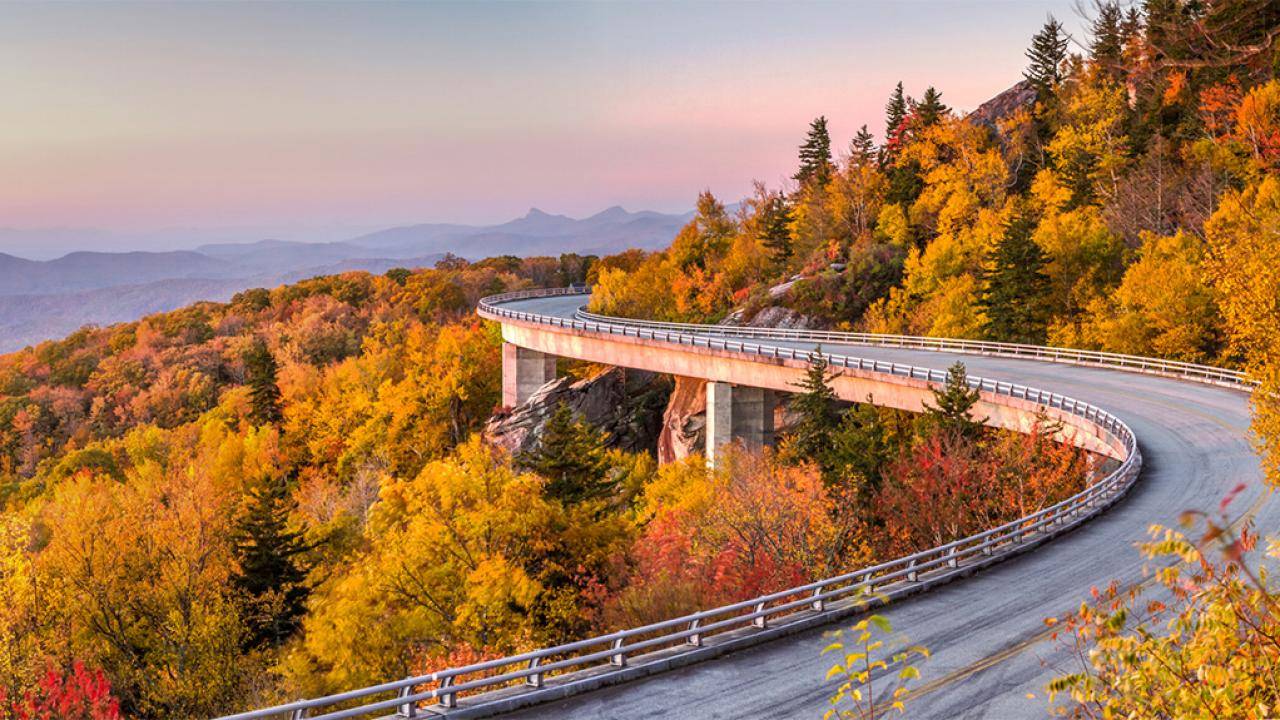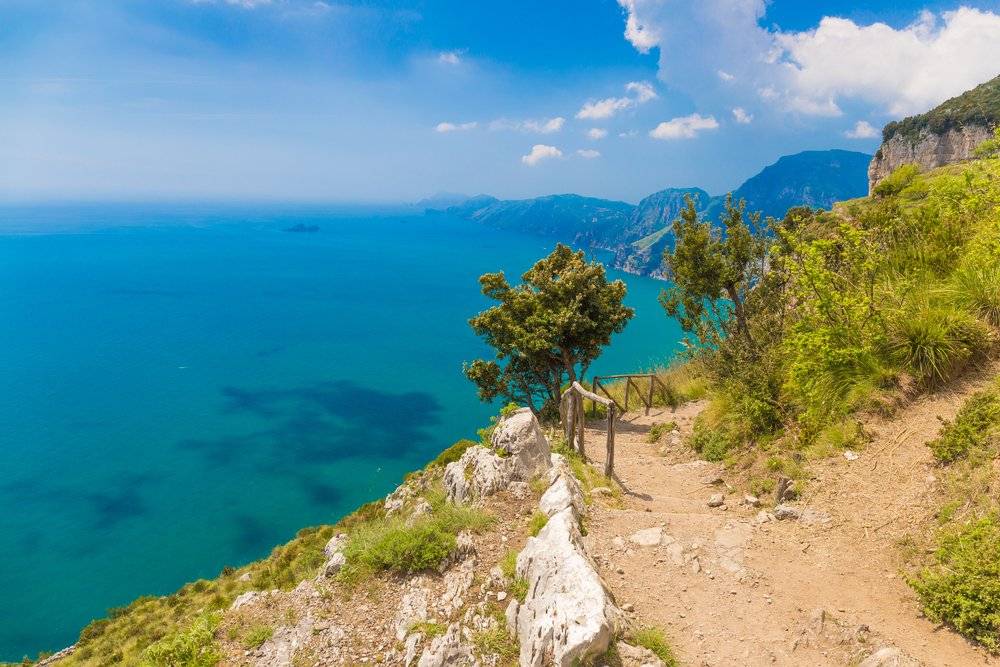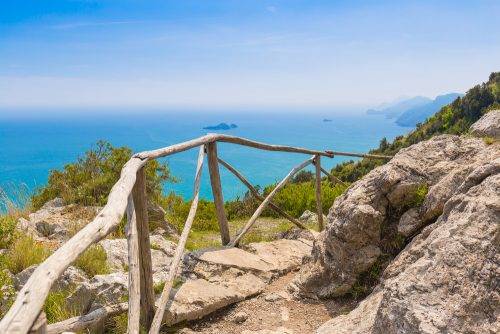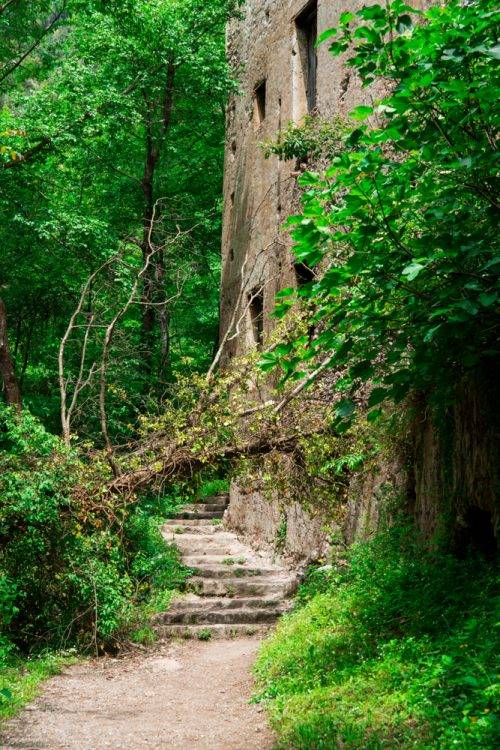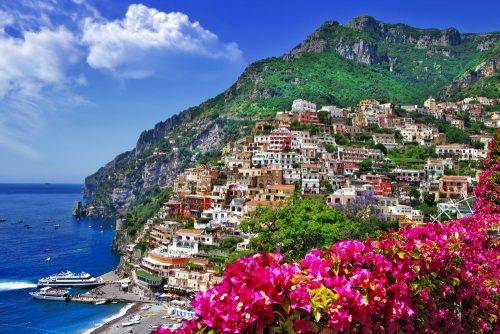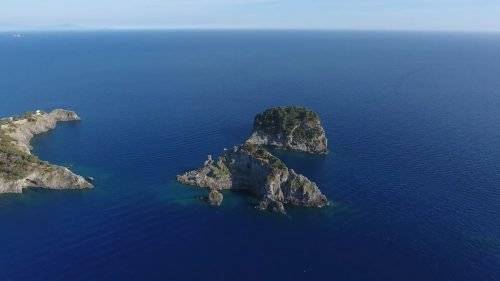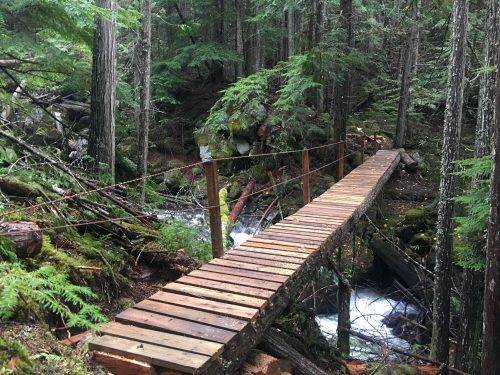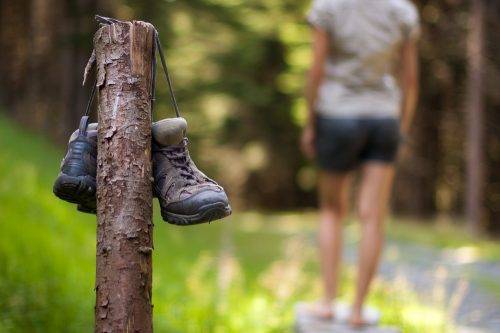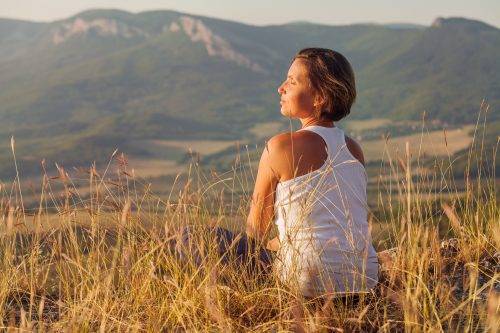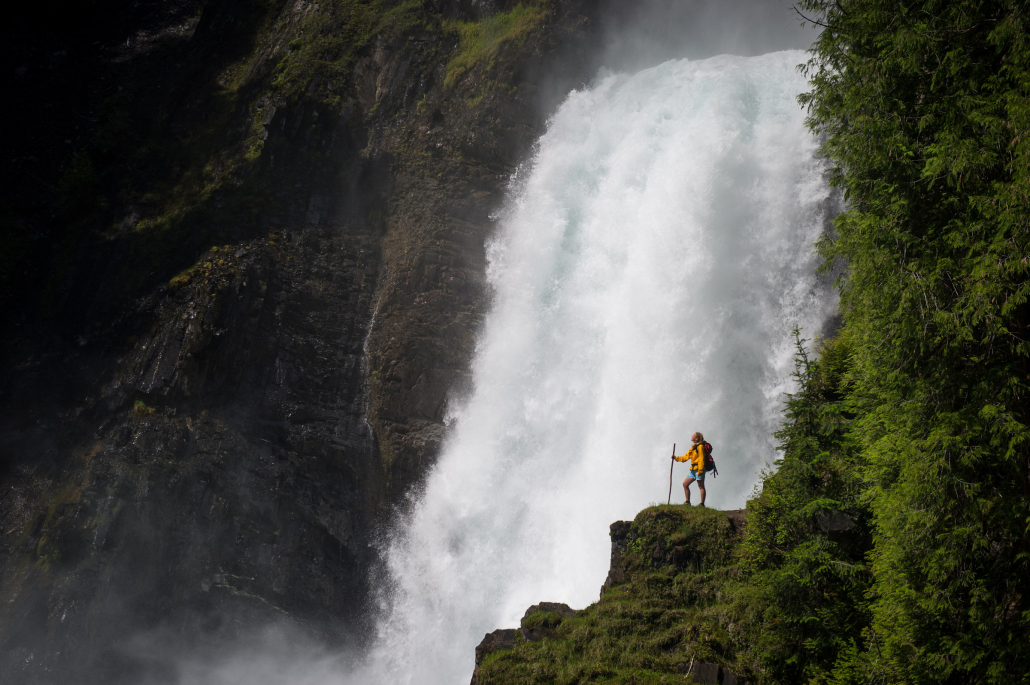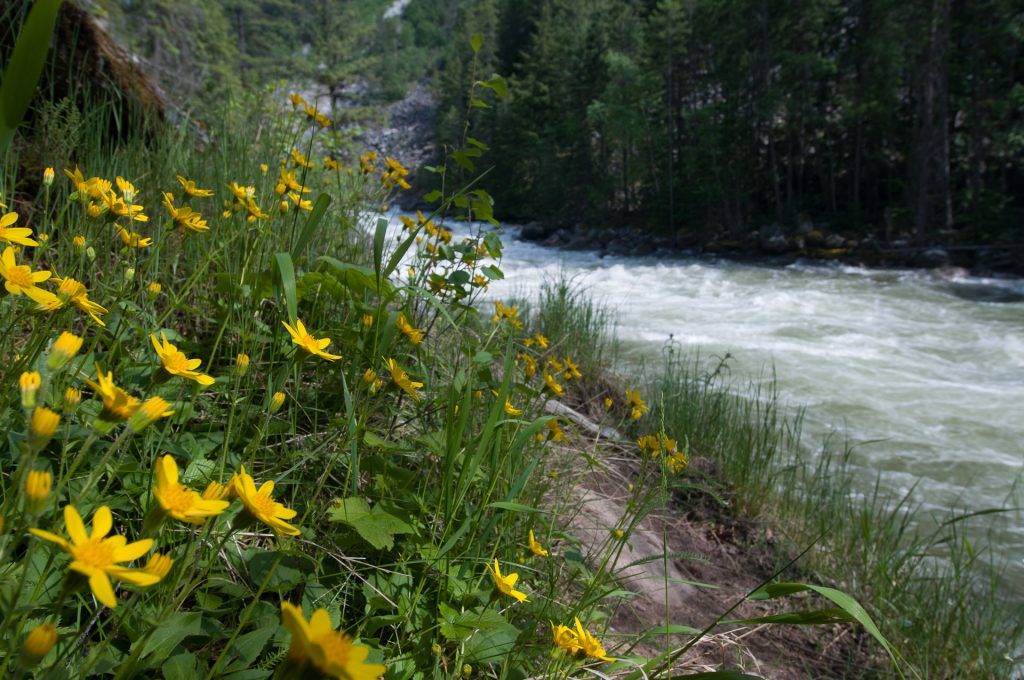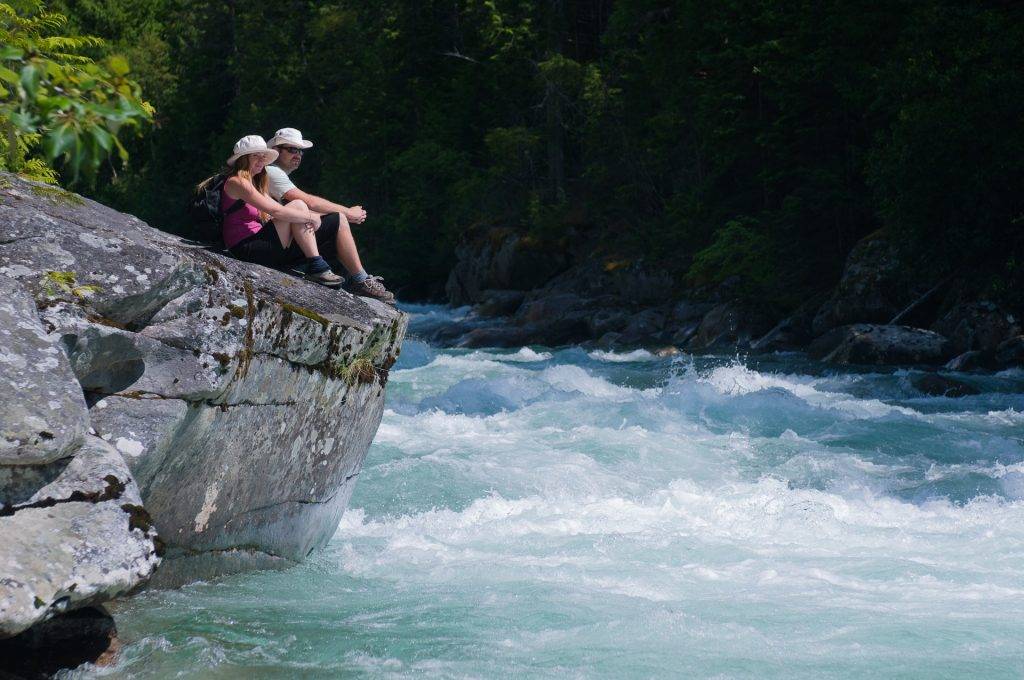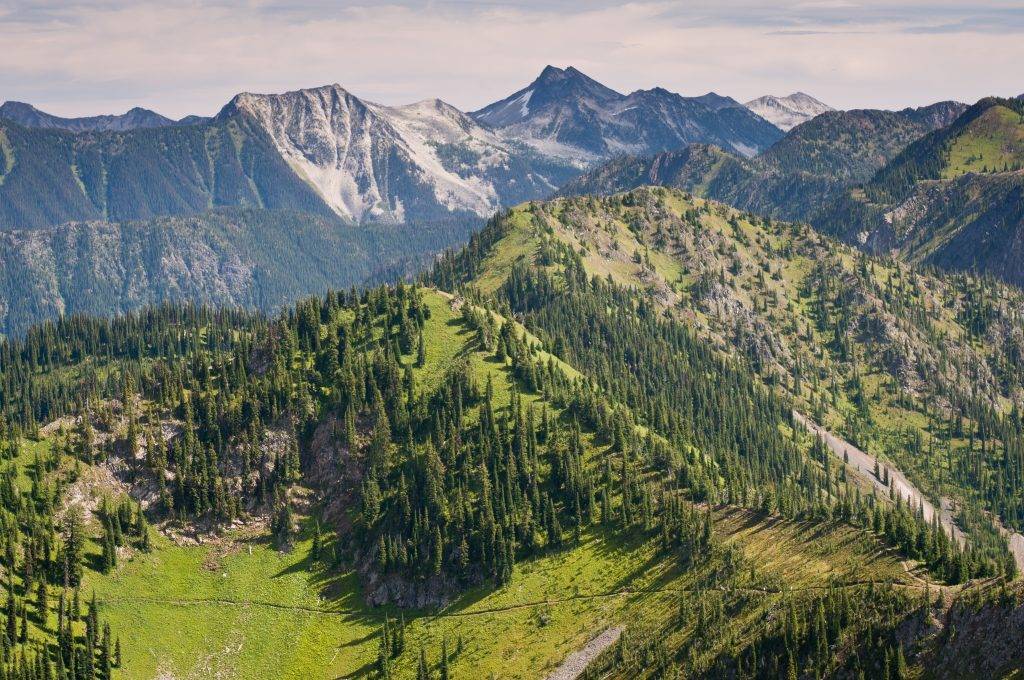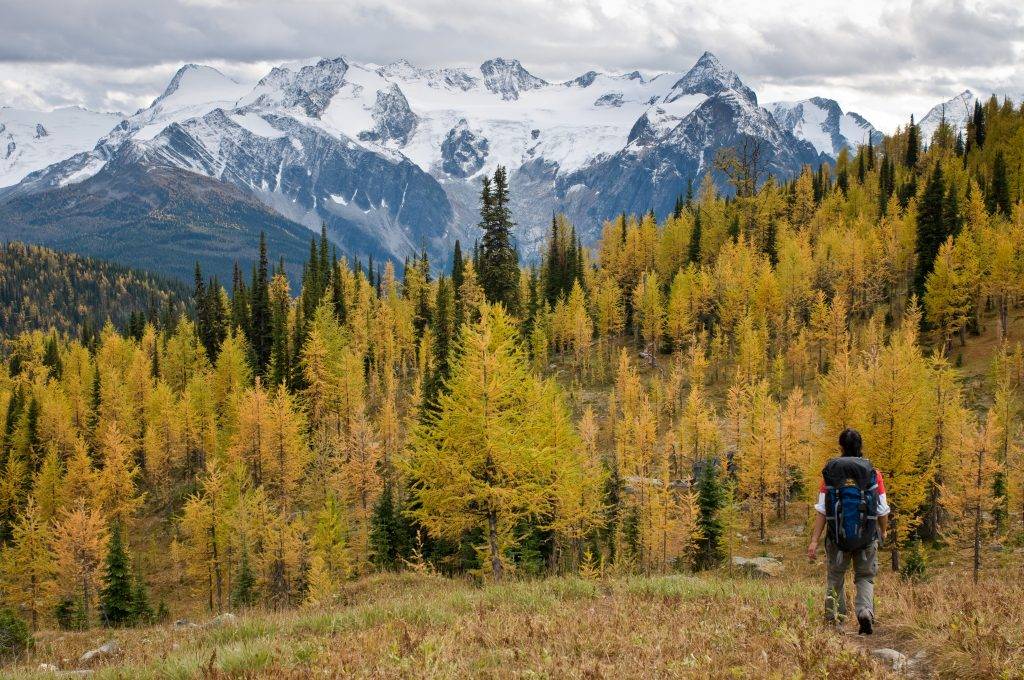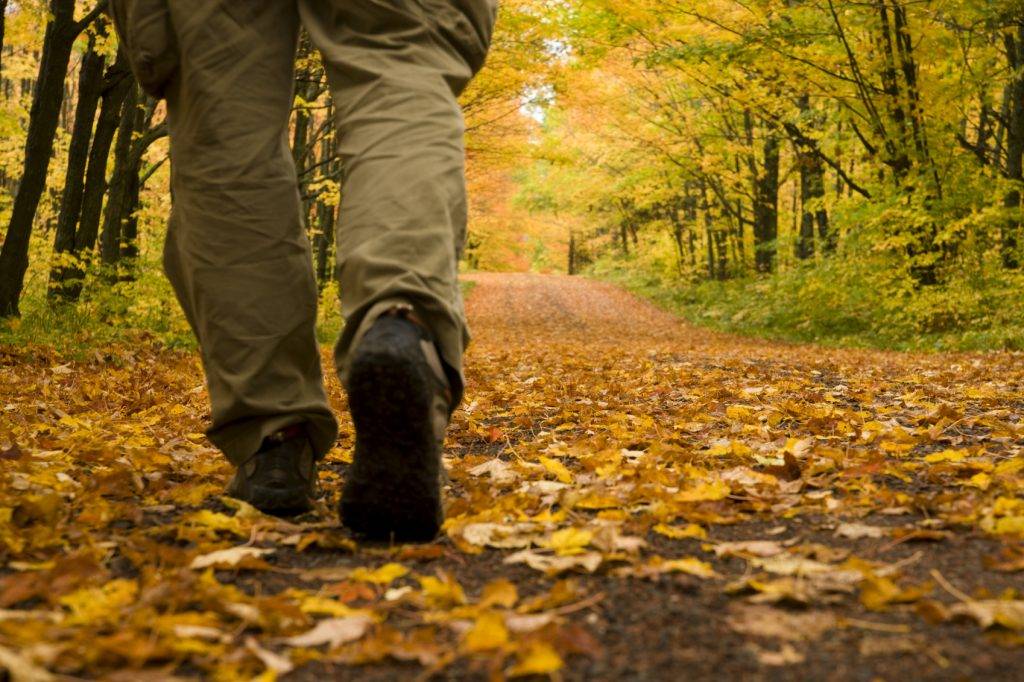The next time someone tells you to “take a hike”, thank them for the suggestion and action their words as quickly as possible. Physically speaking, we should hike as it is an excellent form of exercise with many well-known benefits: improved cardiovascular health, strength, and stability, to name just a few. What this polite individual is also prescribing, though, is an extremely potent mental health exercise—one administered by the greatest therapist of all time: Mother Nature.
Primary vs. Secondary Satisfactions
Hiking boosts mental health because it satisfies us on a primary level.
First spoken about by author and psychotherapist Francis Weller over 20 years ago, primary satisfactions are actions or events that shape and nourish the soul. They are the “undeniable and irrefutable needs of the psyche….what the soul requires to feel at home, at ease, and known”. Primary satisfactions are:
- Adequate and available touch
- Comfort in times of grief and pain
- Abundant play
- The sharing of food eaten slowly
- Dark, starlit nights
- Friendship and laughter
- Continual exposure and participation in nature
- Storytelling, dancing, and music
- Attentive and engaged elders
- A system of inclusion based on equality and access to a varied and sensuous world
Ultimately, primary satisfactions are what we long for to feel whole, and mentally healthy.
Culturally, we have forgotten these basic needs of the soul, and instead have followed the pathway of secondary satisfactions, and have set these as our goalposts. Predominant secondary satisfactions are:
- Power
- Rank
- Wealth
- Status
- Likes
Secondary satisfactions provide us a hit of feel-good hormones, but to the soul, they hold virtually no value. In reality, these secondary pursuits have added to the chronic sense of emptiness in many people.
Emptiness has become our default baseline, and drives unconscious consumption, addictions of every sort, and is the root of our insatiable drive toward “success”. When we finally achieve said success, we rarely stop to savor the moment; instead, we immediately move the goalposts. We seem to always want, and have a habit of convincing ourselves that we actually need, more.
Secondary Satisfactions and Hormone Imbalance
While secondary satisfactions may seem like reasonable markers of success, and while striving for them is not to be condemned, the unrelenting pursuit of them can result in erratic, fleeting, and addictive waves of the feel-good hormones, dopamine and serotonin. Riding waves of emotion leaves us feeling like we’re on shaky ground, and building a psychological foundation on quicksand—invariably, we become unnerved, vulnerable, and lacking resilience.
Additionally, the persistent pursuit of secondary satisfactions activates and sensitizes our fight-or-flight central nervous system response, resulting in a sustained release of the stress hormone, cortisol. Emotionally, this leaves us feeling as though we are always under attack. Physiologically, persistently elevated levels of cortisol leads to chronic inflammation, which wreaks havoc on our immune system, making us more susceptible to longevity-crushing diseases and cancers.
According to the Mayo Clinic, chronic inflammation puts you at a higher risk for health problems such as:
- Anxiety
- Depression
- Digestive problems
- Headaches
- Muscle tension and pain
- Heart disease, heart attack, high blood pressure, and stroke
- Sleep problems
- Weight gain
- Problems with memory and focus
By fixating on secondary satisfactions, we are also actively participating in the deterioration of our mental and emotional health. We may experience:
- Low energy
- Lack of motivation
- Irritability/short-temperedness
- Poor eating habits, including stronger addictions or cravings
- Reduced socialization/connection
- Increased use of alcohol and drugs
- Poor performance at work
- Feelings of inadequacy/unworthiness
Many of these items may resonate with you on some level, and that can be overwhelming and cause a stress response itself. But, not all stress is bad. Following up a stress response with a nervous system-calming activity will return cortisol levels to their homeostatic levels, minimizing any deleterious effect. One extremely potent activity for lowering cortisol levels is something we here at Mountain Trek have recently invented, and dubbed, “Flow Hiking”.
Flow Hiking and Hormone Balance
In Forest Bathing: How Trees Can Help You Find Health and Happiness by Dr. Qing Li, a 2018 study estimates that North Americans are spending 93% of their time indoors, with Europeans not far behind at 90%. Spending a paltry 7-10% of our time in nature is a far cry from how our species, and psyches, evolved. After all, we are still (genetically speaking) 99% caveman (and cavewoman), with 99% the same core needs (why “continual exposure and participation in nature” remains a fundamental, primary need that nourishes the soul). Simply getting into nature returns us to a genetically archaic state, slowing our minds, grounding our energy, and calming our nervous systems. It’s a great first step towards feeling more mentally healthy. There is, however, an even more potent path to walk, one we’ve been perfecting for 30+ years now.
At Mountain Trek, our award-winning health retreat nestled in the lush forests of British Columbia, Canada, we have invented a specific style of hiking called flow hiking. Flow hiking compounds the long-known physical health benefits of exercise with the emerging mental health benefits of mindfully immersing in nature, also known as “forest bathing”, or Shinrin-yoku. The health benefits are profound, especially for those who live life behind a screen.
Flow hiking is a blend of embodiment—through mindful connection to breath, posture, an ergonomically adjusted gait, and the senses—and presence—by being moment-to-moment aware of the connection between mind-body and the immersive experience in nature. Naturally, our mind slows down enough to be witnessing rather than striving, and to be savoring the moment rather than focused on accomplishing a pre-determined goal, such as: destination, speed, or elevation gain. Thoughts have less room for becoming the focus of one’s attention, when attention is being directed to what one is experiencing inside and outside the body.
Flow hiking shifts our nervous system from the vigilant, fight-or-flight sympathetic state to a more relaxed, open, and connective parasympathetic state. Within approximately 20 minutes, flow hiking’s mindful movement drops us into a flow state which floods the brain with feel-good neurotransmitter hormones and endorphins, and lowers cortisol. The result is a metabolically-active body, and a quieted mind that is savoring over criticizing, enjoying over complaining, and appreciating over achieving.
How To Flow Hike
Flow Hiking is a conscientious blend of physical exertion and mindfulness—in nature. It has proven to dramatically lower the stress levels of our guests, balance hormones, and sustainably unlock a psychological state of wholeness.
To flow hike, follow these 6 steps:
- Disconnect. Leave your phone in your car or put your phone in airplane mode. Avoid the use of earphones or headphones. If hiking with others, try walking in silence.
- We use and recommend trekking/hiking poles, which activate more of your musculature and distribute loads more evenly, as well as improve stability. They offer you a better cardiovascular workout, save your knees (especially on the way down), and add points of contact between you and the ground to reduce the likelihood of injury.
- Move with rhythm and cadence, focusing on the sights, sounds, and feels of the experience, allowing these elements to supplant any critical, or negative, self-talk. Feel the sun on your face, the wind on your cheeks, the way your foot feels when it hits the ground, and let each feeling come and go, without sitting in a state of dwelling.
- With any thought that arises, prescribe to it the same importance you would any other fleeting sight or sound occurring in nature. Your thoughts are akin to a passing butterfly – let them fly away just the same.
- Be aware of and practice proper form. Stand tall, keep your shoulders back, breathe deeply in and out of your nose, and activate your core. Take shorter steps to allow your body and head to be upright to enable deep breathing, peripheral vision, and auditory spatial orientation. Listen to injury signals such as pinching and sharp pains.
- Take periodic movement breaks to feel the beat of the heart, listen to the birds, hydrate, and savor in the stillness and primary satisfaction states of peace and joy.
If you’d like to experience flow hiking at Mountain Trek, please continue learning about our award-winning program on our homepage.
Dial Down The Anxiety. Dial Up The Peace.
It requires motivation and discipline to consistently and constantly shift our focus and “feed” our primary satisfactions. But in doing so, not only can we reduce cortisol, we also balance the release of feel-good hormones and heighten our sense of joy, connection, tranquility, and solace.
We dial down the anxiety and dial up the peace. A result worth fighting for.
What is Mountain Trek?
Rated one of the best wellness retreats in the world and located in the healing forest of British Columbia, Canada, Mountain Trek is a week-long immersive health reset program proven to dramatically transform your body, mind, and spirit. Whether you feel overworked, overweight, or just in need of time to unplug, slow down, and recharge, Mountain Trek is for you.
To learn how our award-winning health retreat can help you melt stress away, restore energy levels, burn fat, purge toxins, and return home revitalized, recharged, and years younger than when you arrived, please email us at info@mountaintrek.com or reach out below:







